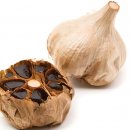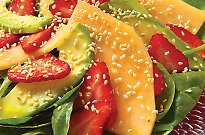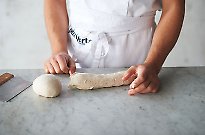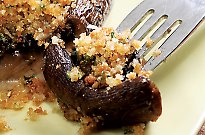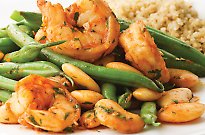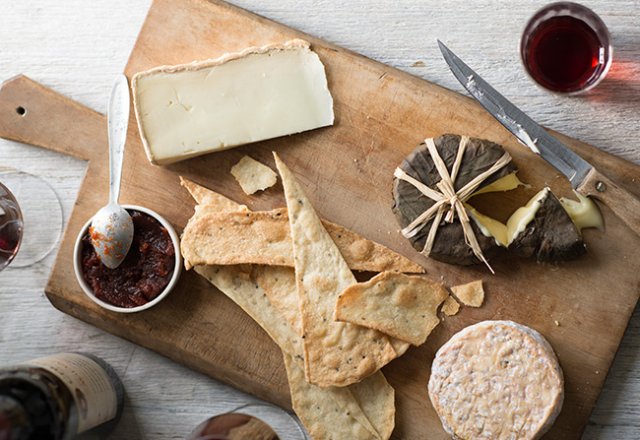
How to create the perfect cheese platter
How to create the perfect cheese platter

1. The multiple-choice statement
“In some instances, it is more ideal to serve several cheeses together. If this is the case, then your number one rule is balance. To achieve this, you will need more than two cheeses but less than five. Balance means finding a diversity of styles, age profiles, flavours, textures and milks. What you don’t want is three cheeses that are too similar. A soft goat’s cheese, a sheep’s milk blue and a hard cow’s milk cheese is a great mix, for example.”
When it comes to serving, Haddow says, regardless of your choice, to make sure your cheese is completely at room temperature, as it will improve the depth of flavour.
Cheese accompaniments
“Sometimes a well-considered accompaniment can enrich the whole experience of enjoying cheese,” Haddow says. “Generally, other than a beautiful crisp apple or pear, fresh fruit is rarely the best option as the natural acid in fruit can be a bit unfriendly to cheese.
2. The knockout blow
“This is my preferred option; the less is more approach. A single, awesome cheese that is the result of a very thoughtful choice. A cheese in perfect condition and one that is visually wonderful, texturally sublime and delivers incredible flavour. A cheese so good that putting anything else on the board would detract from it.”
Image by Alan Benson.



